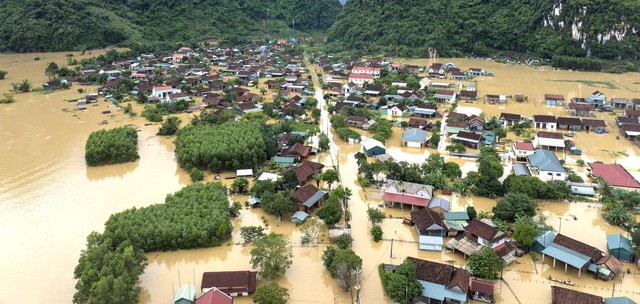WB helps boost flood resilience and connectivity in central Viet Nam
VGP - The World Bank's Board of Executive Directors on October 1 approved a project aimed at strengthening flood protection and transport connectivity in Viet Nam’s central Da Nang City and Gia Lai Province.

The World Bank will provide a loan of nearly US$145 million to support the Integrated Resilient Development Project, which is aligned with Viet Nam's national strategies on disaster risk management and sustainable infrastructure.
The project will provide more than 1.2 million people with better flood protection, safer evacuation routes, and more dependable access to markets and services.
The project aims to reduce disruptions caused by storms and flooding, safeguard essential services, and ensure year-round access to key economic corridors.
It targets two of Viet Nam's vulnerable yet economically important regions — a fast-growing coastal hub and a highlands corridor linking farms and factories to the coast. Cutting repeated closures and detours will lower costs for businesses and households while improving logistics efficiency.
Given the impacts of severe weather events, Viet Nam's infrastructure really needs to be adapted for flooding and coastal resilience, said Mariam J. Sherman, World Bank Division Director for Viet Nam, Cambodia and Lao PDR.
This project focuses on keeping communities safe, promoting economic connections, and empowering provinces to manage infrastructure that creates more jobs and fosters sustainable lasting growth, she added.
In Da Nang City, the project will restore river channels and build a flood bypass canal to reduce inundation in densely populated districts and protect essential services such as schools and hospitals.
In Gia Lai Province, the project will raise and reinforce key roads and bridges to maintain year-round access from the Central Highlands to Quy Nhon Port, a vital outlet for agricultural and industrial goods.
More reliable connectivity to ports and urban centers will reinforce the conditions for private investment and support job creation across agriculture, trade, and services. The improvements are also expected to open new opportunities for tourism and local enterprises./.

